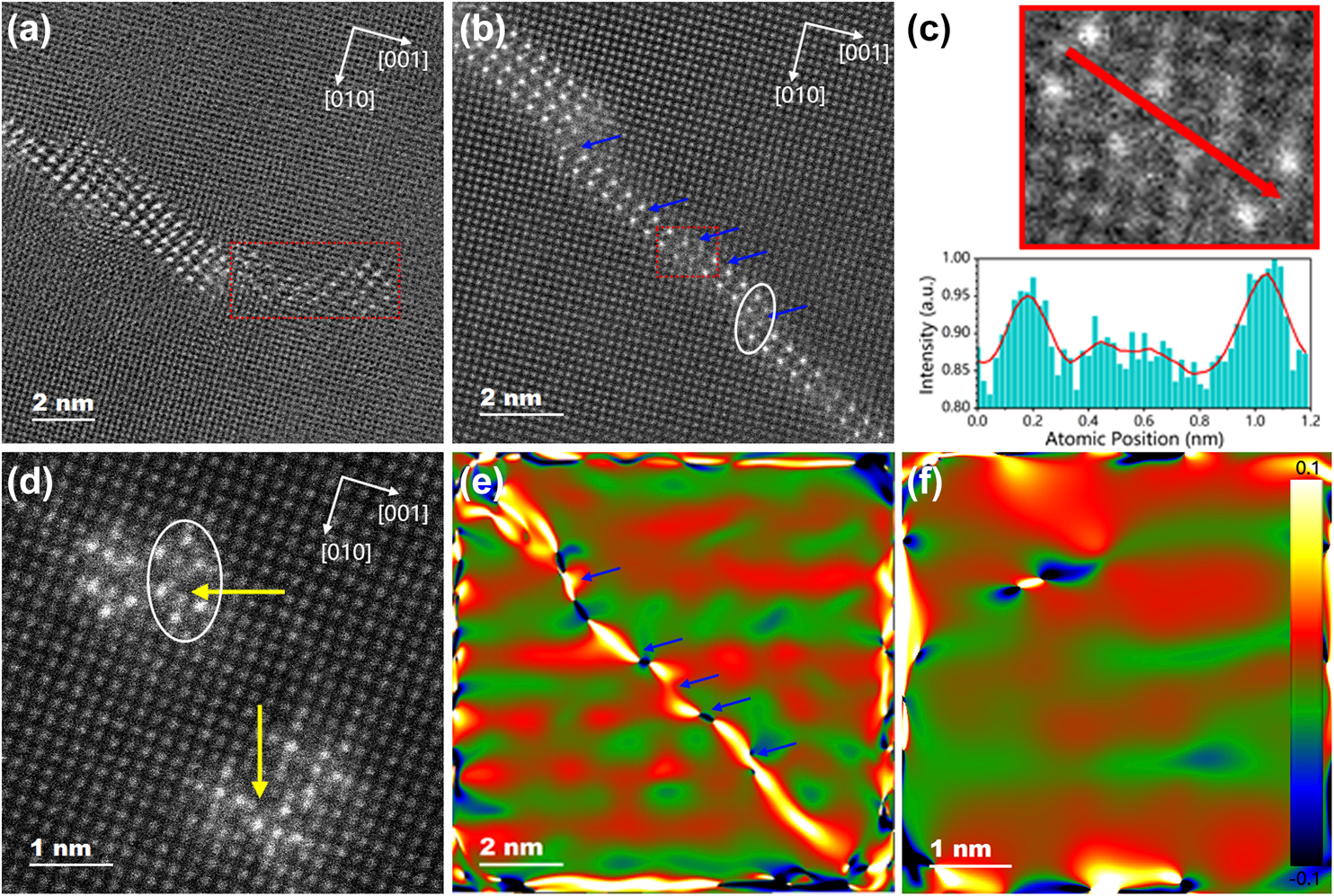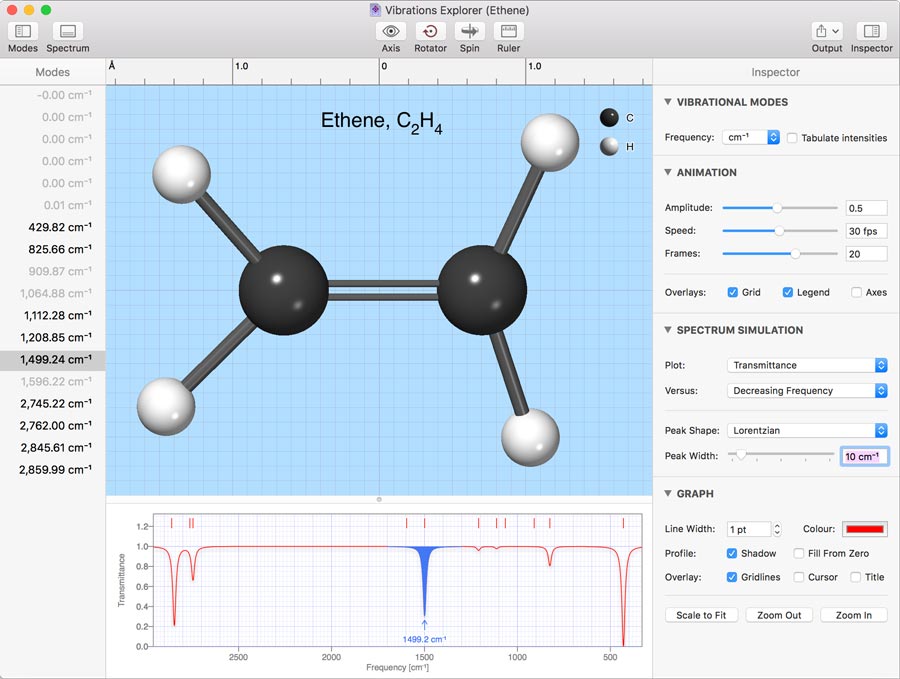


Standard favicon sizes for browsers are 16px x 16px. These images tend to be just the icon that represents your brand, as they are too small to read any text. See how ChefHero uses their logotype and icon in their navigation bar below:įavicons allow your brand to be present in the search bar, allowing customers and leads to tab back and forth between your site and others easily. The average height of a website logo is typically between 20px and 30px, while the width often varies depending on how long the brand name is. For example, Squarespace’s Bedford family of themes requires logos with a maximum height of 100px for desktop. The logo size for your website header, as well as the positioning, will depend on the website builder and theme you’re using.

If you’re using a website builder like Squarespace or Weebly, you’ll have an option to add the logo to this spot. This allows the brand to be present on all pages of the website. Most companies display a logo on the left-hand side of the top nav bar. The most common areas to display a logo on a website are in the top banner/header, and the favicon (the small icon next to your address bar or the title on your browser tab). The best logo size for a website really depends on how and where it’s going to be displayed. This is where people can learn more about what you do, your company vision, and gauge if they’re interested in buying whatever it is you’re selling or promoting. Websites are a critical part of any business. The minimum logo dimensions for the web should not dip below 24px in height, and not be above half of the screen size. This allows your brand to remain consistent across all communications. A brand guidelines document outlines where and how a logo can be displayed, and at what file dimensions.

They also allow for transparency/transparent backgrounds and are great for social media, websites, and most other web use cases. Use a PNG file to display your logo online that’s less than 200KB, ensuring fast load times while remaining detailed and sharp! PNGs are lossless compressed files, which allows them to maintain a lot of quality while having a relatively small file size.These variations allow you to place your logo wherever you see fit for example, a billboard, backdrop, website, business card, or T-shirt. Horizontal, vertical, and square versions of your logo are good to have.They’re created in programs like Adobe Illustrator, and can then be converted to any other file format that you need, such as PNGs or JPGs. Vector files are necessary, as they’ll act as master files you can infinitely scale (like SVG), edit, or send to a designer or printer.Pixels = dimensions, whereas bytes (KB/MB/GB) = the file size. Logos are measured in pixels, which means you’ll often see them referred to in dimensions like 500px by 500px.Scalability ensures that if you did put your logo on a giant billboard, it would still look clean and detailed (not pixelated). Whether you want your logo on a business card, or on an ad in Times Square, it needs to be scalable. It allows you to comfortably fit your logo into every application that you need it. Having different logo variations is essential for your business. Great logos can be resized, and quickly produced across hundreds of different contexts. Leave your company’s mark on the world and make sure it looks damn good, wherever it’s displayed! Logo sizing basicsĪlthough every logo is unique, the sizes in which you save and share them are not. To ensure your logo design works in different mediums, here’s a list of logo size guidelines so you can display your brand seamlessly across the web, social media, print, and more. Having easy-to-resize PNG and vector files will help you adapt your logo accordingly. For example, a YouTube profile photo is 800 pixels x 800 pixels, whereas a logo for a website or email signature usually has a maximum height of 100 pixels. The standard size of a logo depends on the platform you’re uploading it to. When you embark on your branding journey, you may be wondering, “What size should my logo be?” A logo has a massive impact on the perception of your company, so it’s crucial to keep it looking crisp wherever it’s used.


 0 kommentar(er)
0 kommentar(er)
